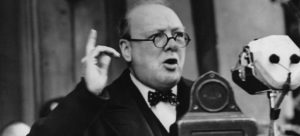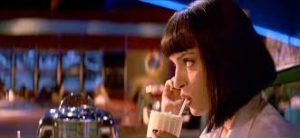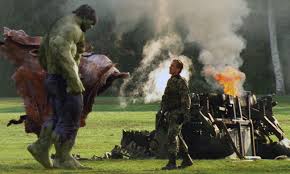Sound In Dunkirk
Dunkirk (2017, By Christopher Nolan) won the Oscar for best sound mixing and editing, a sound editor is a professional responsible for selecting/choosing and assembling sound recordings in preparation for the final sound mixing. a sound mixer is the member of a film crew responsible for recording all sound recording on set during the filmmaking production.
Dunkirk is known for having very little dialogue and this is to make the film more realistic because in reality there wouldn’t be much conversation if you were a soldier waiting on a beach like sitting ducks. Nolan himself said prior to the films release “The empathy for the characters has nothing to do with their story. I did not want to go through the dialogue, tell the story of my characters. The problem is not who they are, who they claim to be or where they come from. The only question I was interested in was – will they get out of it? Will they be killed by the next bomb while trying to join the mole? Or will they be crushed by a boat while crossing?”
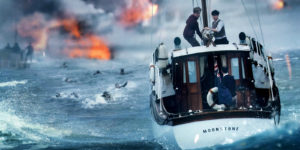
During the closing scene of Dunkirk there is little dialogue. This is effective because the scene doesn’t need to be explained or glorified by dialogue, The silence of the plane and the men on the beaches is enough to fill the audience with pride. Silence can be very powerful for an audience as it allows them to focus more on the visuals of a scene, in this case the audience focuses on the plane landing, the use of little diegetic sound allows the viewer to empathise with the pilot because in reality the pilot wouldn’t of heard much at all because his engine was dead.
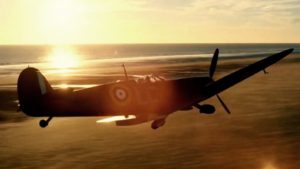
Another effect used is the ominous sound of a ticking watch, this sound is repeated throughout the film prior to when something bad will happen like the bombs being dropped, the non-diegetic sound of the watch is subtle but reminds the viewer that something terrible is about to happen. The sound itself signifies time running out for the soldiers on the beach as they wait to be saved and taken off the beaches.
Most the sound in Dunkirk had to be recorded out of filming because it was mostly useless apart from the dialogue. the sound mixer explained that for the sounds of the planes they wouldn’t settle for regular plane sounds so they dotted 25 microphones around a spitfire in various areas like the engine cockpit, this was to make the film more authentic. Some ww2 enthusiasts would easily notice the incorrect sound of the spitfire and the film would get discouraged in the media.
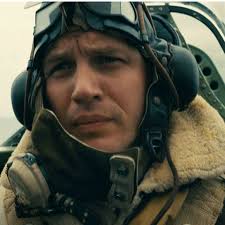
There is an ongoing narrative during the final scene of the film where a soldier is reading the famous inspirational speech from Winston Churchill from a newspaper on the train. The scene skips between the soldier on the train and the main pilot landing whilst the narrative is in the background, this effect keeps the reader engaged and gives us examples of what Churchill is referring to in his speech, for example he says “we will fight on the beaches” whilst there is a long distance shot of the soldier on the beaches.
